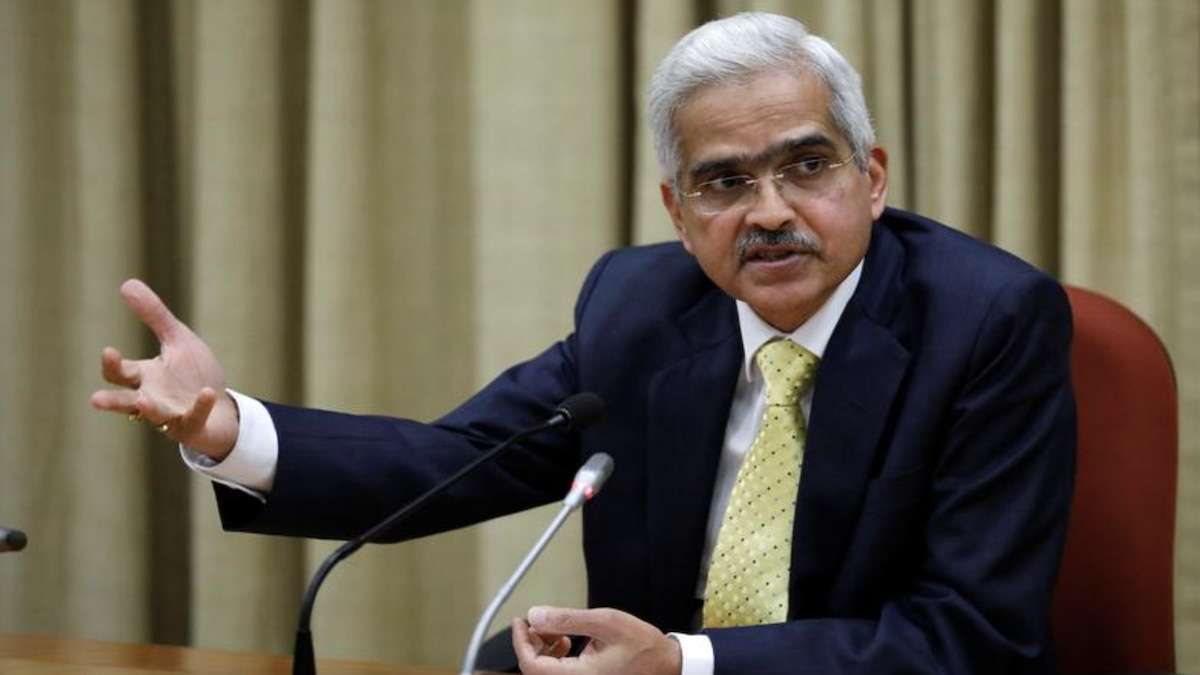- When it comes to investing in cryptocurrency, Das claims that there is no underlying asset.
- The Reserve Bank of India is laying the groundwork for the launch of its own digital currency.
The Governor of India’s Central Bank has launched yet another attack on digital tokens
Shaktikanta Das, the Governor of India’s Central Bank, has launched another broadside against digital tokens, claiming they have no underlying value and pose a threat to financial stability.
“Cryptocurrency investors should keep in mind that they are investing at their own risk.” They should also keep in mind that the cryptocurrency has no underlying, not even a tulip,”
the Reserve Bank of India’s governor said on Thursday, referring to the 17th-century Dutch tulip bulb market bubble.
Governor Das’ remarks come just days after the Indian government clarified the legal status of cryptocurrency trading. In her federal budget speech on February 1, Finance Minister Nirmala Sitharaman announced steep taxes on such transactions, effectively treating them as winnings from legal, albeit discouraged, activities such as gambling. Regulations are in the works.
The Reserve Bank of India has taken an unequivocal stance against private digital currencies
The Reserve Bank of India, for its part, has taken a firm stance against private digital currencies. Given that cryptocurrencies are designed to be freely and anonymously traded, the central bank is concerned about capital controls, especially since it controls the partially convertible Indian rupee. Concerns have been raised about money laundering and terrorism financing.
“Private crypto currency, by whatever name you call it, is a significant threat to our macroeconomic and financial stability,”
Das stated.
To mitigate the impact of cryptocurrencies, the RBI is developing its own digital rupee, though Das declined to provide a firm timeline for when it will be ready.
Sitharaman stated in the budget that a central bank digital currency would be ready sometime during the next fiscal year, which begins on April 1.
